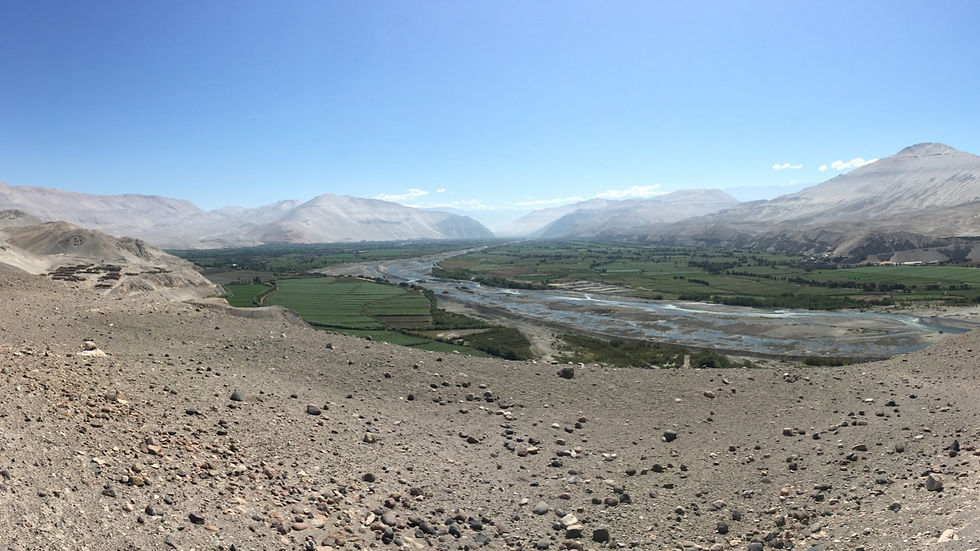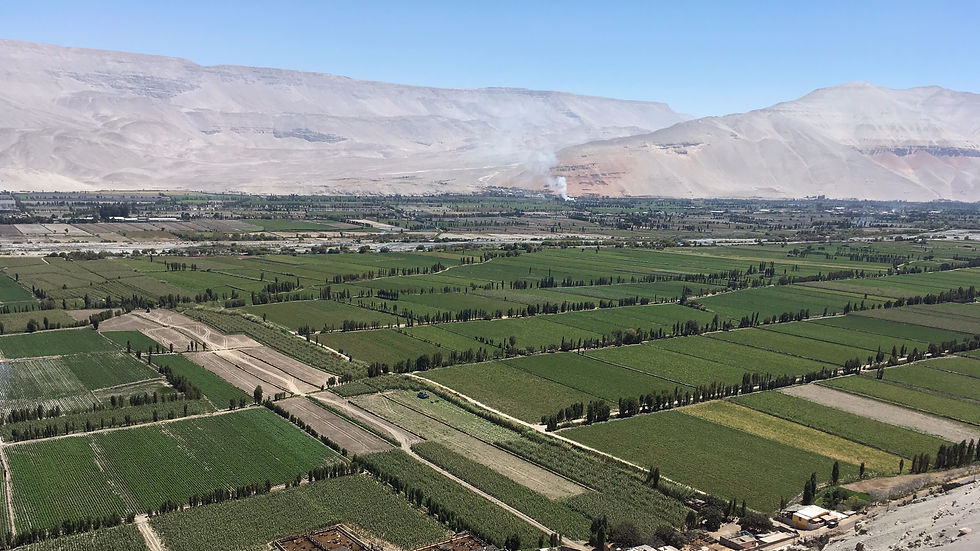
Información general




El sitio arqueológico de Toro Muerto está considerado como uno de los repositorios con arte rupestre más grandes del mundo. El mismo está localizado en la parte central del valle del río Majes, en el distrito de Uraca-Corire (Provincia de Castilla, Región de Arequipa) en la zona costera del extremo sur del Perú. Alejado a unos 4 km en línea recta desde el río Majes se encuentra en una quebrada arenosa rodeada de estribaciones semi-montañosas. Es en dicha área donde se ubican miles de rocas volcánicas, dispersas entre los 400 y 1500 metros sobre el nivel del mar. Gran parte de ellas está decorada con petroglifos realizados por representantes de diferentes culturas locales y panregionales (probablemente con una temporalidad desde los comienzos de nuestra era hasta la llegada de los Incas).

En Toro Muerto se encuentran bloques de diferentes tamaños y/o volúmenes, algunos decorados con tan solo un petroglifo, como aquellos que tienen todas sus superficies (caras) cubiertas con representaciones grabadas con diferentes motivos: geométricos (líneas rectas verticales, zigzags, zigzags con puntos, entre otras), zoomorfos (figuras de camélidos, felinos, serpientes y una gran variedad de especies de aves) y antropomorfos (entre ellos las características representaciones de los llamados 'danzantes' o 'danzarines'). Los paneles más grandes cubren varios metros cuadrados e incluyen docenas de figuras aisladas o escenas.

